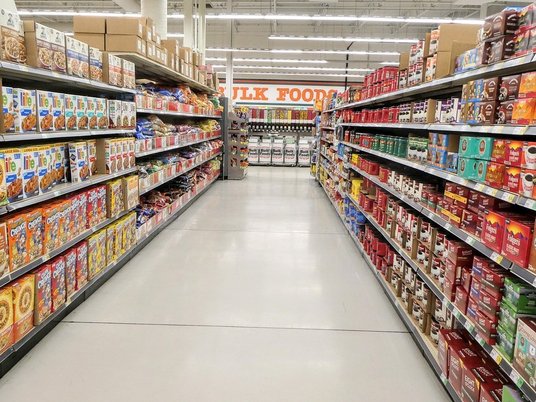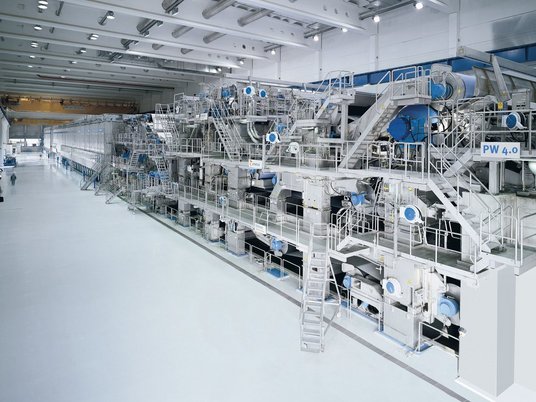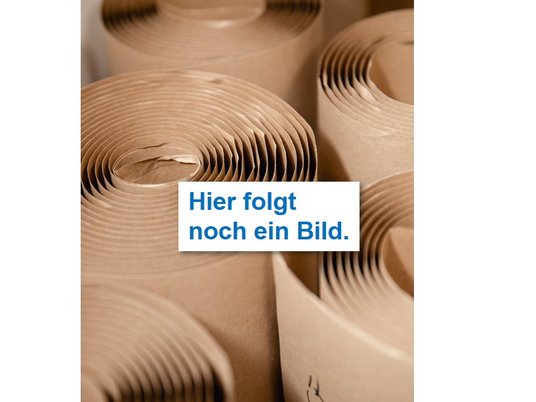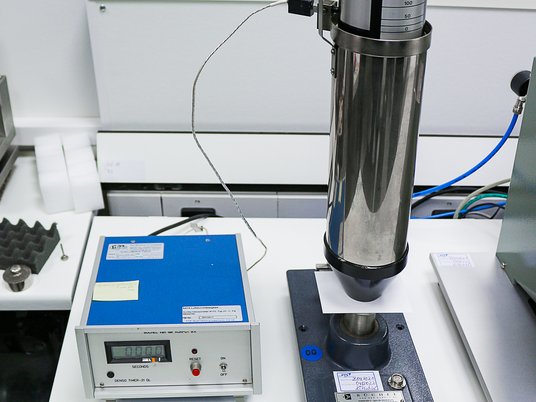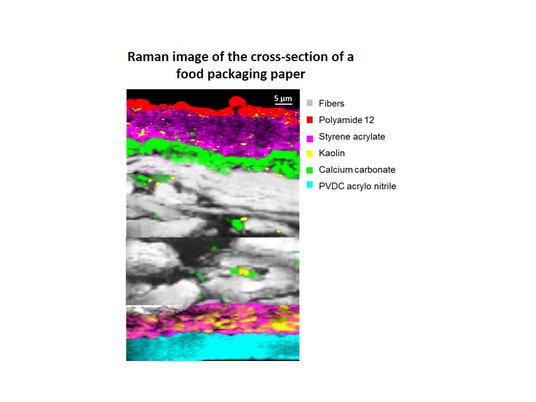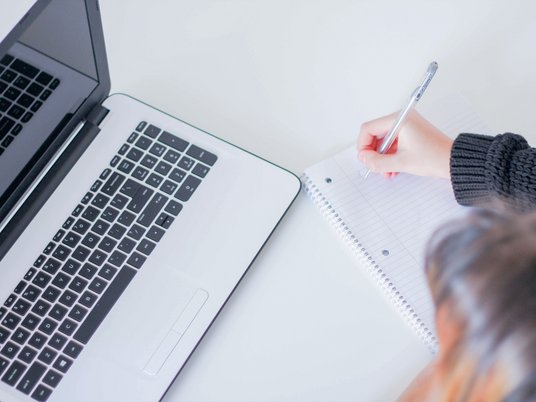
Surface tension
Article number:
530100
Norm:
no
What is determined with this method?
- The method allows the determination of the dynamic surface tension of liquids with the bubble pressure method.
- Air bubbles are generated on a capillary immersed in the liquid.
- The pressured required for bubble formation is measured and converted into surface tensions using the Young-Laplace equation.
- By varying the generation speed of the bubbles, the dependency of the surface tensions on the surface age (bubble lifetime) can be recorded.
Measuring range:
- Maximum pressure: 1.25 kPa
- Surface tension: 10 to 100 mN/m
- Temperature range (liquid): 0 to 100 °C
- Bubble lifetime: 10 to 30000 ms
- Min. required sample volume: 15 mL
What is evaluated with this method?
- Analysis of the mobility and the dynamic behaviour of surfactants and surfactant-like substances (charged polymers) in solution
Examples of application of the method by material
- Change in dynamic surface tension when surfactants are added to coating colours and liquids
- Checking the purity of water (surface tension = quality parameter)
- Concentration control of surfactants in solution
What insights do customers gain about your products/samples with this method?
- Determination of the presence of surfactants in solutions, their concentration and whether they are short-chain or long-chain molecules
- Calculation of diffusion and adsorption coefficients of surfactants
In which company or process area are these methods applied?
- Process: quality control
- Company: product development, research
Which problems can this method solve / recognise at the customer?
- Detecting impurities in liquids (quality control)
- Investigation of the behaviour of surfactants and surfactant-like substances in solution (interaction with other ingredients, micelle formation, etc.)

